Home>Garden Essentials>How To Construct A Crop Rotation


Garden Essentials
How To Construct A Crop Rotation
Modified: March 15, 2024
Learn how to effectively implement crop rotation in your garden to improve soil health and maximize yields. Discover the benefits and step-by-step process to keep your garden thriving.
(Many of the links in this article redirect to a specific reviewed product. Your purchase of these products through affiliate links helps to generate commission for Storables.com, at no extra cost. Learn more)
Introduction
Welcome to the comprehensive guide on how to construct a crop rotation system for your garden. Crop rotation is an essential practice for every gardener, whether you have a small plot or a large-scale farm. By rotating your crops, you can improve soil fertility, control pests and diseases, and maximize your overall yield.
In this article, we will explore the importance of crop rotation, learn how to determine the types of crops to include in your rotation, discuss the steps to prepare your soil for rotation, and provide guidance on how to implement and continuously monitor your rotation plan.
By the end of this article, you will have a solid understanding of the key principles and techniques required to successfully implement a practical and effective crop rotation system in your garden.
Key Takeaways:
- Crop rotation improves soil health, reduces pests, and boosts crop yield. By planning diverse crop sequences, managing soil nutrients, and monitoring plant health, gardeners can create a sustainable and thriving ecosystem.
- To implement crop rotation, consider nutrient needs, growth habits, and pest susceptibility of crops. Prepare soil by clearing debris, testing, adding organic matter, and improving drainage. Monitor and adjust the rotation plan for optimal results.
Read more: What Was Crop Rotation?
Understanding Crop Rotation
Crop rotation is a farming technique that involves systematically growing different crops in a specific sequence on a given piece of land. The main goal of crop rotation is to maintain soil health and productivity by preventing the depletion of essential nutrients, reducing soil-borne diseases, and managing pests.
One of the key principles behind crop rotation is the varying nutrient requirements of different plant species. By rotating crops with different nutrient needs, you can prevent the exhaustion of specific nutrients from the soil and promote a more balanced nutrient profile. For example, leguminous crops like peas and beans have the ability to fix atmospheric nitrogen into the soil, benefiting subsequent crops that require nitrogen.
In addition to nutrient management, crop rotation also helps in reducing the buildup of pests and diseases in the soil. Many pests and pathogens have host-specific preferences. By switching crops each season, the pests and diseases that target one crop are deprived of their preferred host, thereby reducing their population.
Furthermore, different crops have a varying impact on soil structure and composition. Some crops, like deep-rooted vegetables, help in breaking up compacted soil layers and improving drainage, while others contribute organic matter and improve soil fertility. By rotating crops, you can maintain a healthy balance of soil structure and prevent soil erosion.
Overall, crop rotation is a sustainable and environmentally friendly practice that improves soil health, reduces chemical input, and increases crop productivity. It is a long-term strategy that requires careful planning and execution, but the benefits far outweigh the efforts involved.
Determining Crop Types and Rotational Schedule
When it comes to determining the types of crops to include in your rotation and establishing a rotational schedule, there are several factors to consider. These include the crop’s nutrient requirements, growth habit, susceptibility to pests and diseases, and its impact on soil health.
Firstly, consider the nutrient needs of each crop. Different crops have different nutrient requirements, and it’s important to understand these in order to plan an effective rotation. Categorize crops based on their primary nutrient needs – nitrogen-fixing legumes, heavy feeders, and light feeders. This way, you can ensure that crops with high nutrient demands are followed by ones that require less or replenish the soil with the necessary nutrients.
Secondly, take into account the growth habits of each crop. Some plants are considered slow-growing, while others are fast-growing. For instance, root crops like carrots and potatoes take longer to mature compared to leafy greens like lettuce and spinach. Consider the growth duration when designing your rotation plan, ensuring that crops with longer growth cycles are followed by those with shorter ones.
The susceptibility of crops to pests and diseases is another crucial factor to consider. Certain plants, such as tomatoes and cucumbers, are more prone to specific pests and diseases. By rotating these crops with others that are less susceptible, you can reduce the buildup of pests and diseases in the soil. Additionally, some crops may have natural pest-repellent properties, such as marigolds, which can be included in the rotation to provide natural pest control benefits.
Furthermore, think about the impact of each crop on soil health. Some crops, like legumes, contribute to soil fertility by fixing nitrogen, while others, like certain brassicas, can help in reducing soil-borne diseases. Consider including cover crops in your rotation to improve soil structure and add organic matter.
Once you have determined the crop types and their characteristics, it’s time to create a rotational schedule. This involves planning the sequence of crops and the duration of the rotation cycle. Generally, a rotation cycle of 3 to 4 years is recommended to allow for sufficient nutrient replenishment and pest control benefits. Divide your land into sections or beds, and allocate each section to a specific crop or group of crops in the rotation.
Be sure to keep a record of your crop rotation plan and make adjustments as needed. Assess the success and challenges of each rotation cycle to refine your plan and optimize productivity.
By carefully considering these factors and creating a well-thought-out crop rotation plan, you can maximize the benefits of your rotation system and ensure long-term soil health and productivity in your garden.
Preparing the Soil for Crop Rotation
Preparing the soil is a crucial step in the crop rotation process. Proper soil preparation ensures that your plants have the necessary nutrients, drainage, and structure to thrive. Here are some key steps to prepare your soil for crop rotation:
1. Clear the area: Start by removing any existing plant debris, weeds, and rocks from the soil. This helps create a clean slate for your new crop rotation cycle and minimizes the risk of pests and diseases.
2. Soil testing: Before planting, it’s important to test your soil to assess its nutrient levels and pH. Soil testing kits can be purchased at gardening centers or you can send a sample to a laboratory for a comprehensive analysis. The results will help you determine any deficiencies or imbalances in nutrients, allowing you to adjust your crop selection and fertilizer application accordingly.
3. Organic matter: Incorporating organic matter into the soil is vital for improving its structure and fertility. Organic matter can be added in the form of compost, well-rotted manure, or cover crops. Spread a layer of organic matter on the soil surface and then work it into the top few inches using a garden fork or tiller.
4. Soil amendments: Based on the results of your soil test, you may need to make specific soil amendments to correct any nutrient deficiencies or pH imbalances. For example, if your soil is too acidic, you can add lime to raise the pH. Follow the instructions provided with the amendment and work it into the soil as directed.
5. Improve drainage: If your soil tends to be heavy and waterlogged, consider improving its drainage. This can be achieved by adding organic matter, such as compost or well-rotted manure, and incorporating it into the soil. Raised beds or mounding the soil can also help improve drainage by creating a higher planting surface.
6. Weed management: Before planting your new crops, take the time to remove any weeds that may have emerged during soil preparation. Weeds compete with your crops for nutrients and water, so it’s important to address them early on to prevent them from becoming a problem.
By following these steps and properly preparing the soil, you are setting the foundation for healthy plant growth and a successful crop rotation system. Remember to regularly monitor the soil conditions and make necessary adjustments throughout the growing season to ensure optimal plant health and productivity.
Tip: When planning a crop rotation, group plants by their nutrient needs and growth habits. Rotate crops to prevent soil depletion and reduce pest and disease buildup.
Implementing the Rotation Plan
Implementing your crop rotation plan involves putting your carefully designed schedule into action and ensuring that each crop is planted in its designated area according to the rotation cycle. Here are the key steps to successfully implement your rotation plan:
1. Clear and prepare the planting area: Before planting each crop, clear the previous crop residues and any weeds from the designated area. Ensure that the soil is prepared and amended as necessary, following the steps outlined in the previous section.
2. Follow the rotation sequence: Plant each crop according to the predetermined rotational schedule. This means following the planned sequence of crops and allocating the appropriate sections or beds for each crop in the rotation. Make sure to clearly label each planting area for easy identification.
3. Maintain crop diversity: One of the main goals of crop rotation is to maintain a diverse range of crops in your garden. Avoid planting the same family of crops in successive seasons, as this can lead to a buildup of pests and diseases. Instead, rotate crops within different plant families to maximize the benefits of rotation.
4. Pay attention to spacing and companion planting: Ensure adequate spacing between plants to promote healthy growth and airflow. Companion planting can also be strategically employed to enhance the benefits of crop rotation. For example, planting herbs or flowers that repel pests alongside susceptible crops can help deter pests naturally.
5. Monitor pests and diseases: Regularly inspect your plants for signs of pests and diseases. Early detection is key to preventing widespread infestations. If you notice any issue, take appropriate action, such as removing affected plants, applying organic pest control methods, or adjusting your planting plan for the next season.
6. Maintain soil health: Throughout the growing season, continue to monitor and maintain the health of your soil. This includes proper watering, mulching, and applying organic fertilizers or amendments as needed. Managing soil health ensures that your plants receive the nutrients they require to thrive and helps prevent nutrient depletion.
7. Keep a record: Document your rotation plan and keep a record of the crops planted in each section or bed. This will help you track the success of your rotation system and make improvements in future seasons. Note any observations or challenges you encounter to refine your plan and make adjustments accordingly.
By following these steps, you can implement your crop rotation plan effectively and enjoy the benefits of healthier plants, improved soil fertility, and reduced pest and disease pressure. Remember to be flexible and adapt your plan as needed based on your specific garden conditions and observations.
Read more: How Is Crop Rotation Sustainable
Monitoring and Adjusting the Crop Rotation
Monitoring your crop rotation system is essential to ensure its effectiveness and make any necessary adjustments along the way. By regularly assessing the performance of your crops and the overall health of your garden, you can fine-tune your rotation plan for optimal results. Here are the key steps to monitor and adjust your crop rotation:
1. Evaluate crop performance: Monitor the growth, yield, and overall health of each crop in your rotation. Keep track of any observations, such as pest or disease resistance, nutrient deficiencies, or exceptional productivity. This information will help identify successful rotations and areas for improvement.
2. Soil testing: Periodically test your soil to assess its nutrient levels and pH. This will help you identify any imbalances or deficiencies that may affect the growth of your crops. Adjust your fertilizer applications or soil amendments based on the test results to optimize soil health and provide the necessary nutrients for the upcoming crops.
3. Pest and disease management: Regularly monitor your garden for pests and diseases. Note any signs of infestation or damage and take appropriate action to mitigate the issue. Consider implementing preventative measures, such as crop rotation within different plant families or introducing beneficial insects, to control pests and reduce the risk of disease outbreaks.
4. Weed control: Stay vigilant in managing weeds throughout your rotation system. Weeds compete with your crops for resources and can hinder their growth. Regularly remove weeds, applying mulch or using organic weed control methods to minimize weed growth and maintain a clean growing environment.
5. Rotate cover crops: Integrate cover crops into your rotation plan to improve soil fertility, prevent erosion, and suppress weed growth. Monitor the growth and performance of your cover crops to ensure they are providing the desired benefits. Adjust the selection and timing of cover crops as needed to maximize their impact on the overall health of your garden.
6. Observe crop interactions: Pay attention to the interactions between different crops in your rotation. Some crops may exhibit symbiotic relationships, benefiting from being grown alongside specific companions. Take note of these positive interactions and incorporate them into your future rotation plans for enhanced results.
7. Make adjustments based on observations: Based on your monitoring and assessment, make necessary adjustments to your crop rotation plan. This may involve modifying the rotation sequence, changing the duration of each rotation cycle, or incorporating different crops based on their performance and compatibility with your garden environment.
Regularly reviewing and adjusting your crop rotation system allows you to fine-tune your approach and maximize its benefits. By staying proactive and responsive to the needs of your garden and crops, you can continually optimize your rotation plan for long-term success.
Conclusion
Crop rotation is a valuable practice that can greatly benefit your garden or farm. By implementing a well-designed crop rotation system, you can improve soil health, prevent nutrient depletion, manage pests and diseases, and ultimately increase the productivity of your crops.
In this article, we have explored the importance of crop rotation in maintaining soil fertility and preventing the buildup of pests and diseases. We have discussed how to determine the types of crops to include in your rotation and establish a rotational schedule based on nutrient requirements, growth habits, and pest management.
We also covered the essential steps for preparing the soil for crop rotation, such as clearing the area, conducting soil testing, adding organic matter, and improving drainage. Additionally, we learned how to effectively implement the rotation plan, including properly spacing and companion planting, monitoring pests and diseases, and maintaining soil health.
Lastly, we emphasized the importance of monitoring and adjusting your crop rotation system. Regular evaluation of crop performance, soil testing, pest management, weed control, and observation of crop interactions allows you to make informed decisions and improvements to optimize your rotation plan over time.
Remember, crop rotation is a long-term strategy that requires patience, observation, and flexibility. As you gain experience, you will better understand the needs of your garden and can make adjustments accordingly.
By implementing and consistently practicing crop rotation, you can create a healthy and sustainable garden ecosystem. Enjoy the benefits of improved soil fertility, increased crop yields, and the satisfaction of knowing you are promoting a balanced and thriving environment.
So, get started on planning and implementing your crop rotation system today, and unlock the full potential of your garden!
Frequently Asked Questions about How To Construct A Crop Rotation
Was this page helpful?
At Storables.com, we guarantee accurate and reliable information. Our content, validated by Expert Board Contributors, is crafted following stringent Editorial Policies. We're committed to providing you with well-researched, expert-backed insights for all your informational needs.




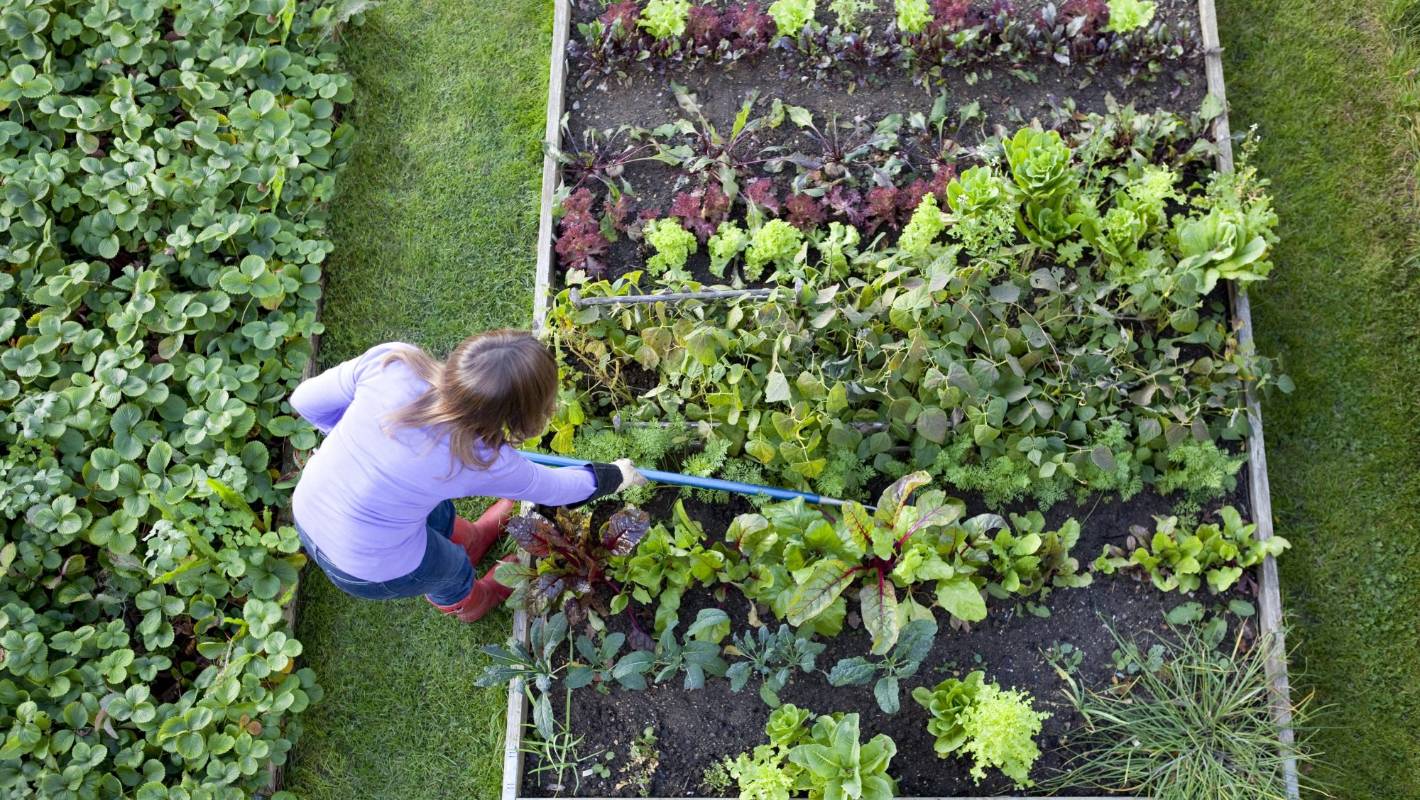
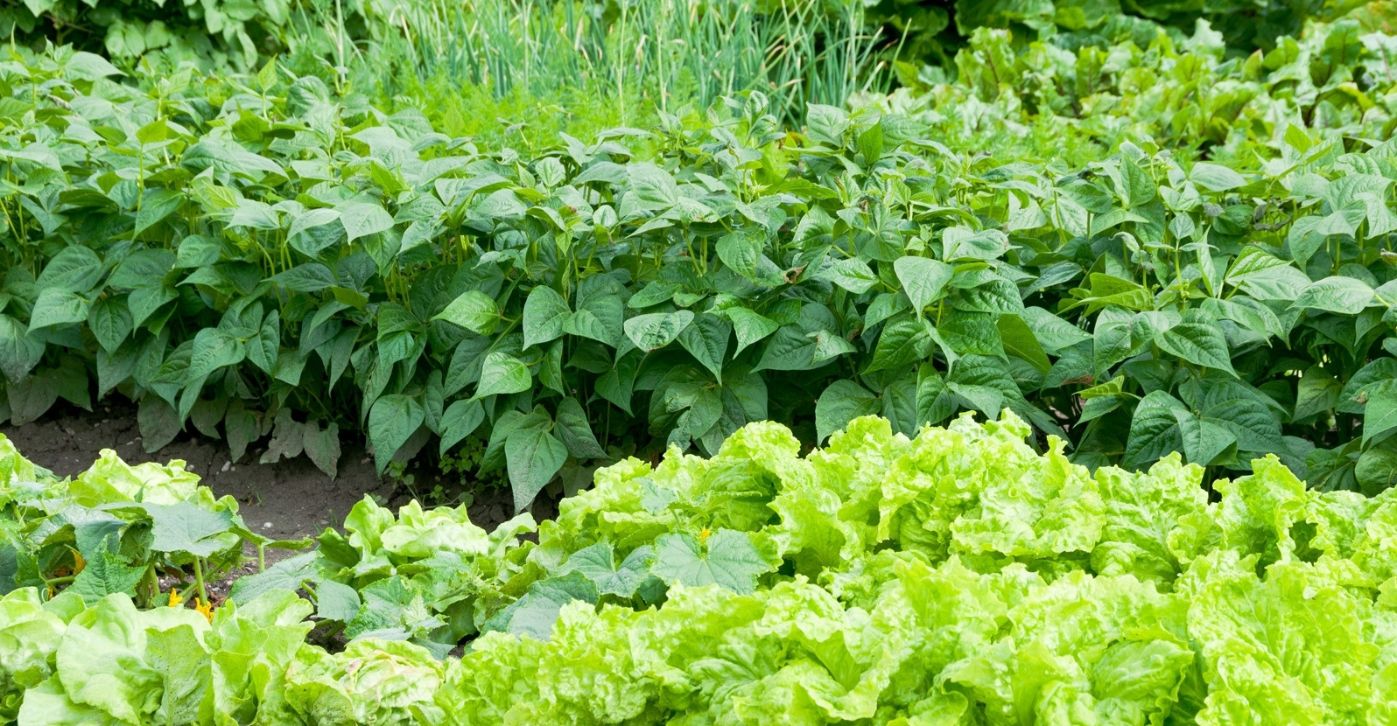

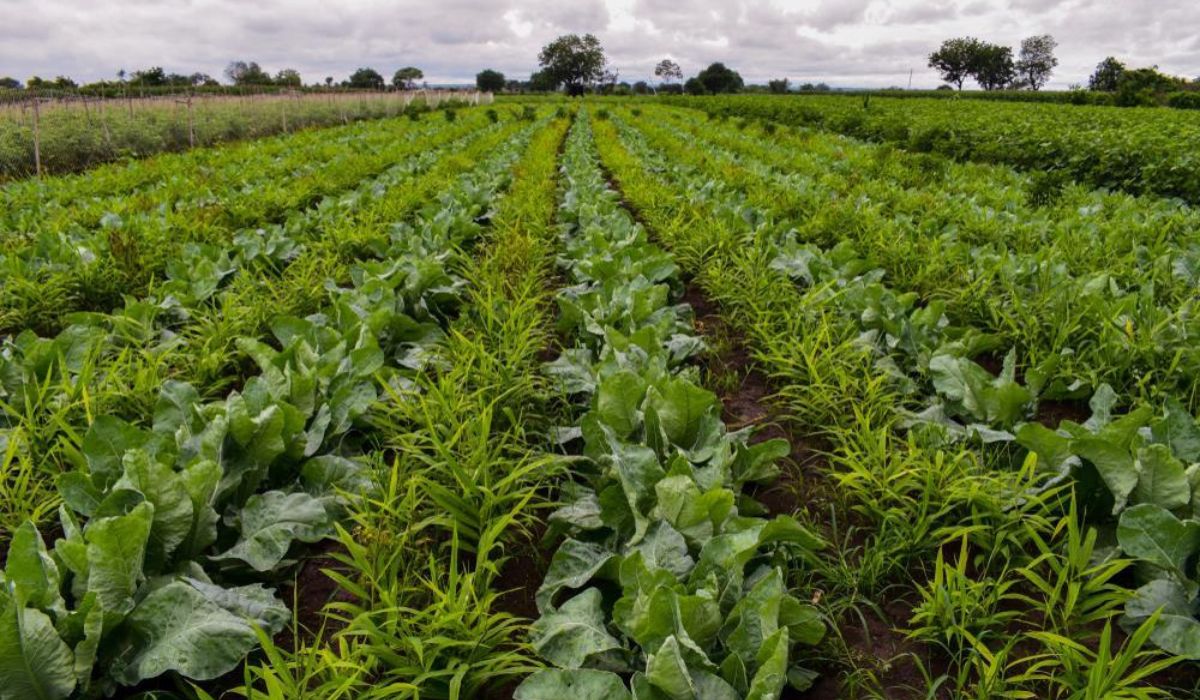
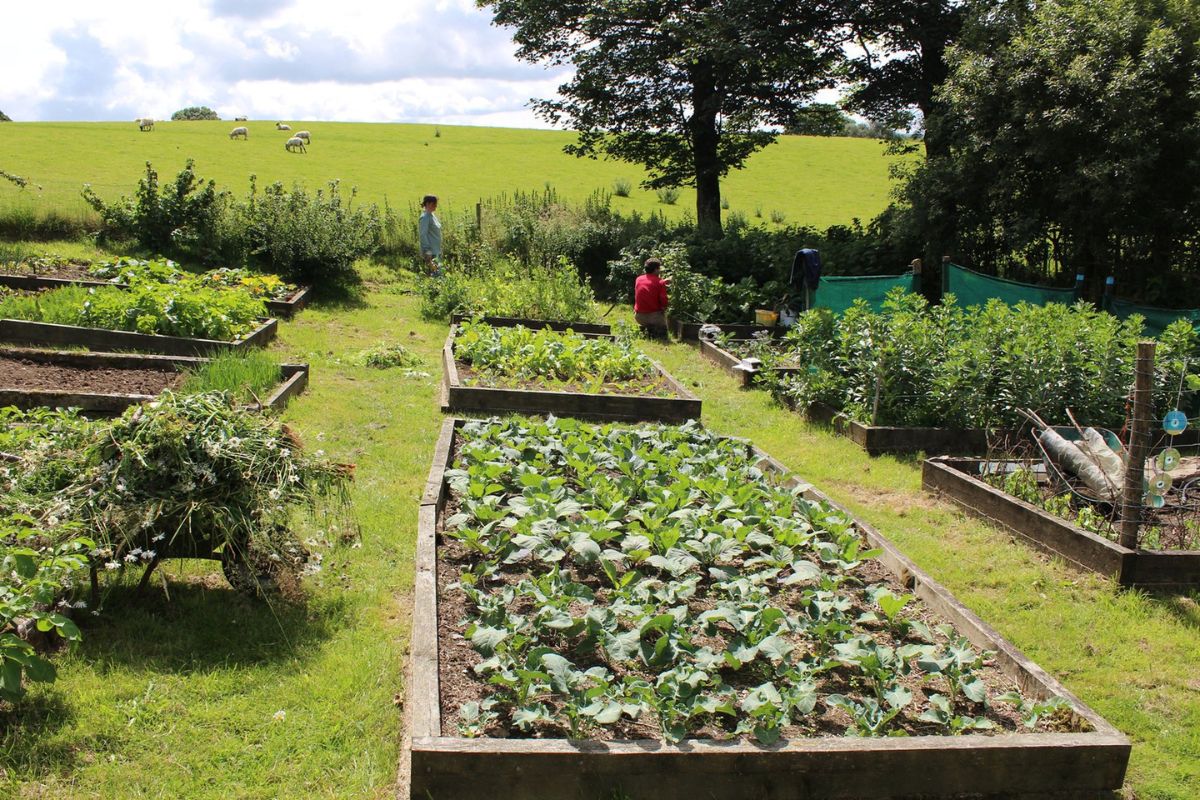
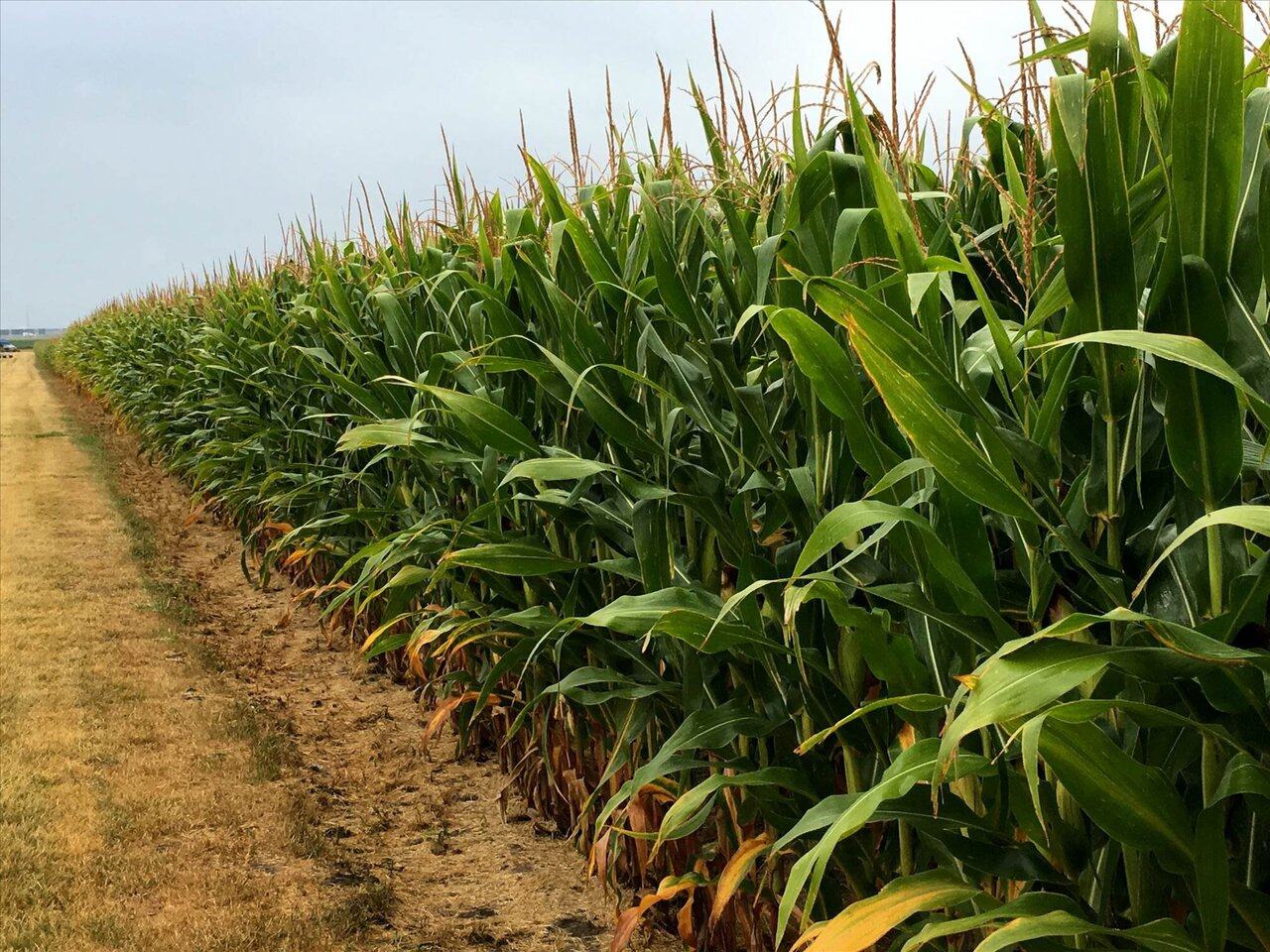
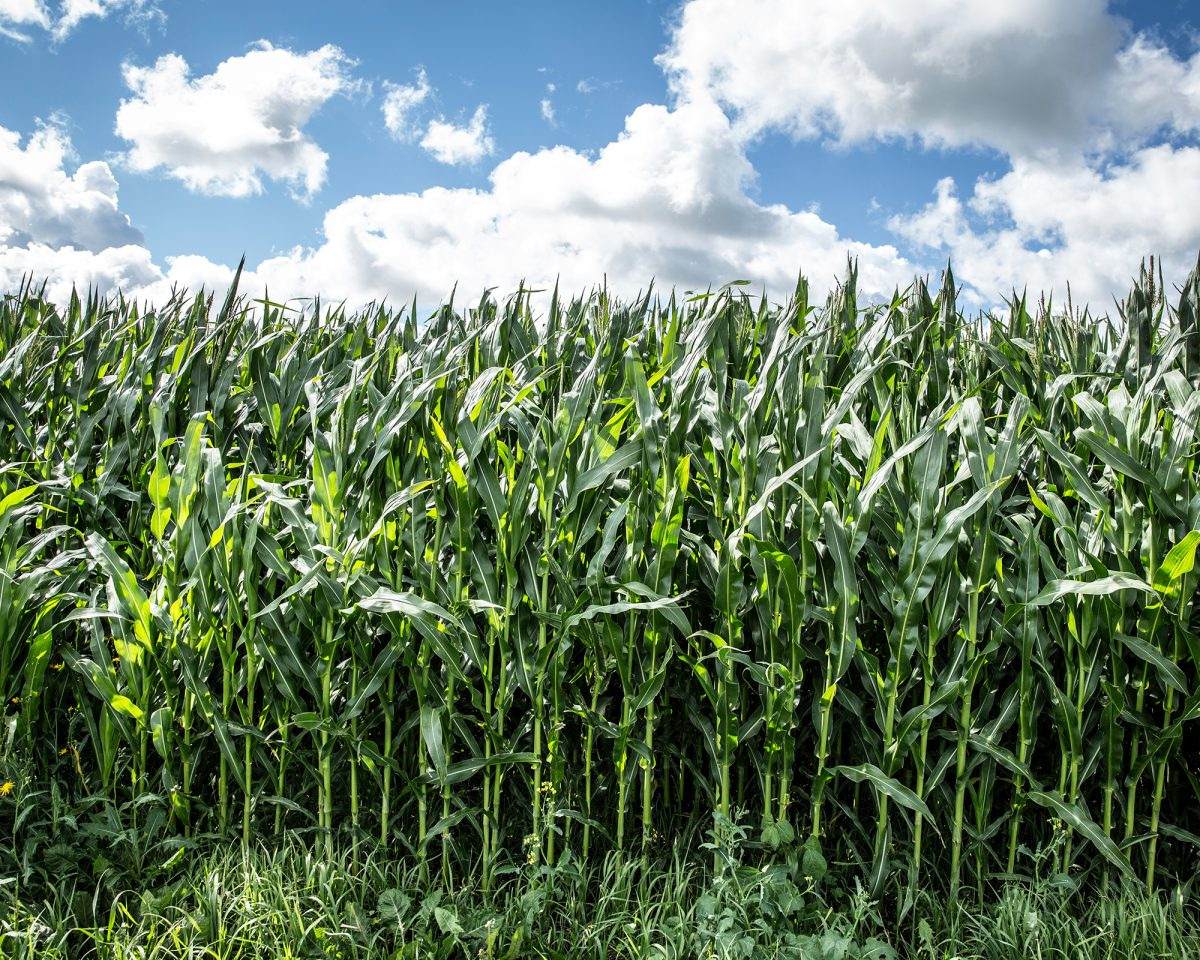


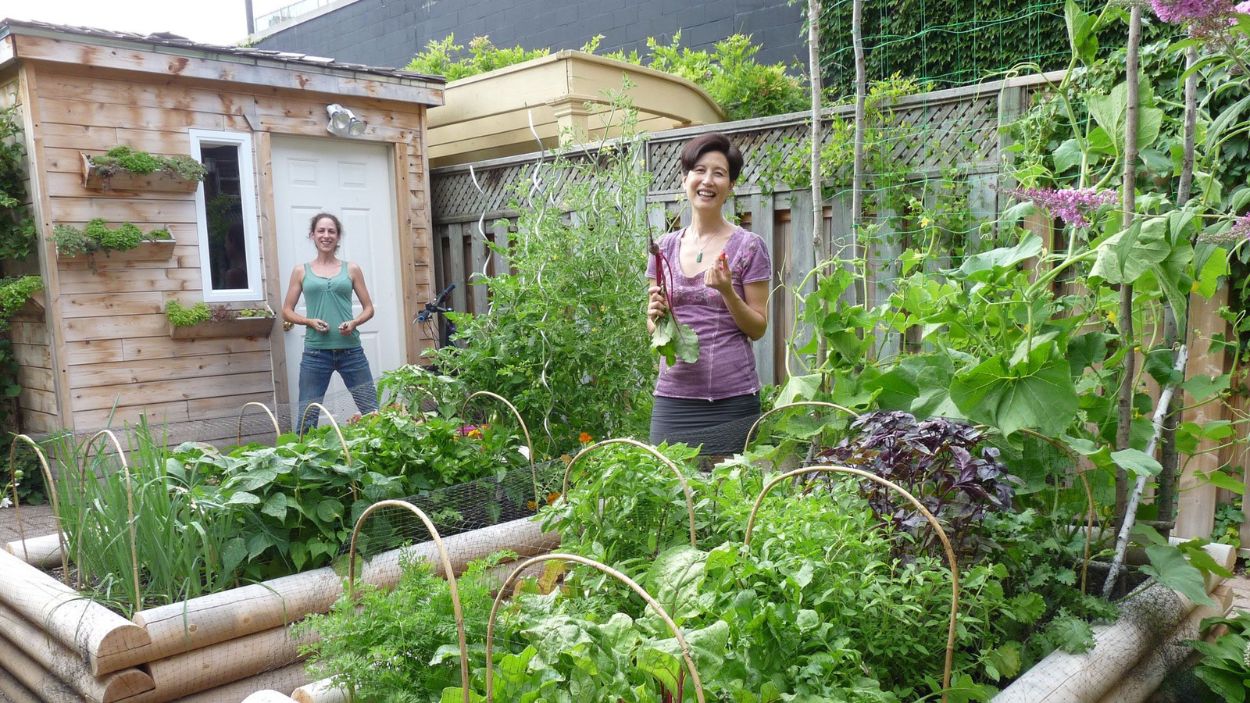

0 thoughts on “How To Construct A Crop Rotation”